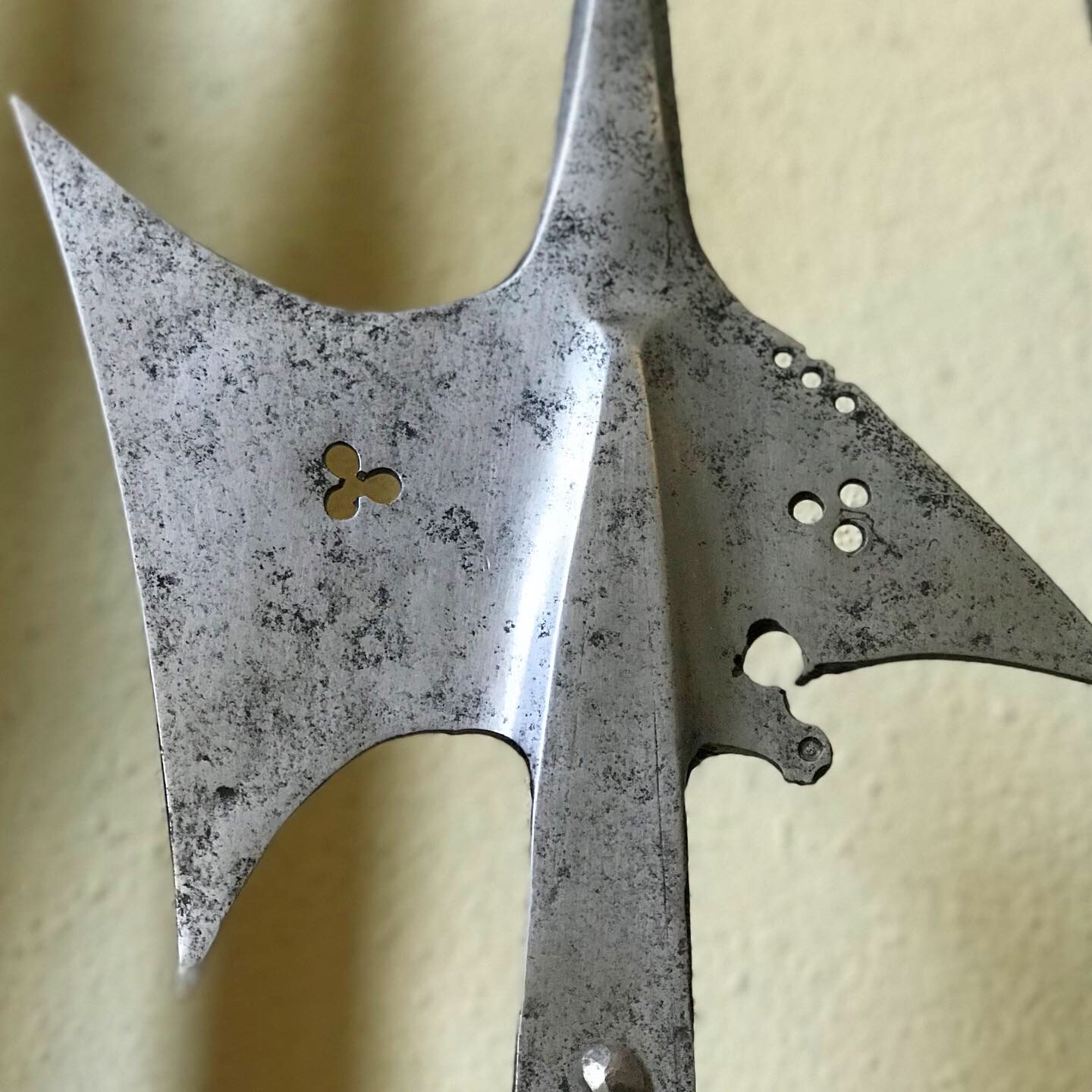"God put the firewood there, but you gotta light yourself. God put the firewood there, but you gotta light yourself. You gotta go it alone, you gotta gather it up and nobody gonna help. God put the firewood there, but you gotta light yourself – Lucinda Williams
I. Iron Came From The Gods
Iron came from the Gods. A meteorite – a knocked-off husk of iron and nickel from a comet or asteroid that hit the earth atmosphere a bit too hard -- flamed to the ground, providing a source of iron that Eskimo locals used to create tools and weapons for generations to come.
Even for centuries after, though, it did not occur to anyone that you could actually dig up more iron from the ground.
At first, humans might have craved tools from the sheets of iron. But at some point somebody discovered you could heat the iron and pour it into molds, allowing you to make multiple copies of a tool or weapon.
Perhaps smelting started with Malachite, which is widely found around the Middle East, and can be reduced to a bead of copper in a fire.
As a metal, copper is pretty soft. But you can mix it with tin to make bronze.
Tools (and weapons) made from bronze lasted longer, compared to those made of flint. Plus, bronze and copper implements custom shaped to purpose.
The whole object didn’t need to be in bronze, so a “cheap substance” was placed inside, which could then be removed, resulting in a hollow casting.
The Iron Era kicked off about 1200 BC. Who knows why it took so long for people to start to see iron as a resource.
Perhaps it took them a while to figure out that they could dig it from the earth? Or could it be that hotter temperatures required to melt iron melts at 1535 Celsius (2795 Fahrenheit), which is a third hotter than what is needed to melt copper.
So you needed to invent a blast furnace.
And not that the iron came out of the earth all ready-to-cook. The slag had to be hammered out of the crude iron, simmering at a red hot temperature, before it could be used. And once you had the wrought iron, you need some way to sharpen
A sharp edge required a certain type of iron, an iron pure of residuals that had have somewhere between 0.15% and 1.5% of carbon.
The Hittites learned to steel wrought iron bars by beating them into a charcoal fire, diffusing the carbon into the metal.
The steel was further hardened by a swift plunge into cold water.
Iron was first used for ornament, and over time worked up to weapons such as swords and daggers.
--Summarized from "A Short History of Technology: From the Earliest Times to A.D. 1900."

